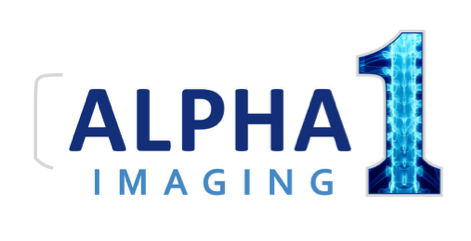The time is now to prepare for the coming changes to the Medicare payment model set to take effect on October 1, 2019.The new payment model initiates broad changes in the way skilled nursing facilities classify patients and receivereimbursement for therapy, aiming to improve overall quality and efficiency of care while reducing the administrativeburden at skilled nursing facilities.
What is PDPM?
PDPM stands for Patient Driven Payment Model. It’s the new case-mix classification system designed to promotequality of care for patients, not just quantity. Reimbursement under PDPM is based on the patient’s needs, goals andcondition rather than the amount of therapy provided, which required a complete re-work of the existing classificationsystem, known as RUG-IV.
What are the Major Changes Taking Place?
PDPM dramatically alters the drivers of reimbursement. Instead of being based on the amount of therapy and the patient’slevel of dependence, the patient’s clinical conditions will be the main determining factor for payment. The newclassification system includes one mixed-variable component and five case-mix adjusted components, which all usedifferent criteria as the basis for patient classification:
- Physical therapy (PT)
- Occupational therapy (OT)
- Speech Language Pathology (SLP)
- Nursing
- Non-therapy ancillary services
- Non-case mixed variable per diem (VPD) adjustment
Under PDPM, the patient is classified into one group for each of these areas, based on assessments guided by the new PDPM Calculation Worksheets for skilled nursing facilities. There are 16 PTgroups, 16 OT groups, 12 SLP groups, 6 NTA groups, and 25 nursing groups. Depending on the assessment results, the groupclassifications are scored into a 5-character code, which determines the overall daily payment rate for each patient.
Preparing for PDPM
There isn’t a transition period for the new payment plan; starting October 1, Medicare payments will be determined bythe PDPM payment rate. To receive a PDPM HIPPS code that can be used for billing beginning October 1, 2019, allproviders will be required to complete an Interim Payment Assessment with an Assessment Reference Date no later thanOctober 7, 2019.
In the meantime, it’s important to prepare for the changes now and make sure your facility is ready to switch come thefirst of October. Redesigning your care program can help your facility perform well under the new system. Keep thesethings in mind:
- Ensure staff is knowledgeable – Quality of care and efficiency under PDPM relies on dedicated employees who are aware of changes and why they’re taking place. Refer to CMS resources such as this slideshow to educate staff members and administrators.
- Maximize efficiency – Interdisciplinary care between all caregivers is crucial for success. The goal should be to focus on making care delivery more efficient and working toward a safe discharge.
- Think ahead with goals – Goals should focus on the care continuum, not just your facility. Consider the type of care the patient will receive in their next care setting when creating goals.
- Include the family – Include the family when possible to promote collaboration toward achievable goals.
- Collect and use data – Using data and statistics helps provide an improved patient experience and the best outcomes.
How Does PDPM Affect Quality of Care?
Under the current payment system, nursing homes and other care facilities receive payment based on the amount of therapyprovided to the patient. This encourages the practice of providing therapy without considering the needs of the patient.PDPM seeks to correct that and encourage care that is based on providing better, more efficient care to the patient,while also reducing the administrative burden on providers.
Is PDPM Cost Effective?
The transition to PDPM is likely to create challenges for facilities, but it should simplify things once the staff isused to the new system. One of the reasons for the change is a desire to reduce the administrative burden of skillednursing facilities and encourage value over volume. PDPM should require less paperwork from nursing home staff in thelong run and should be a cost-effective reimbursement system for facilities once it’s in place.
Improve Efficiency with Mobile Imaging
One way for skilled nursing facilities to improve efficiency and provide excellent patient-based care is with mobile imaging. This saves time and energy for both the patient and caregivers, and allowspatients to receive important diagnostic screenings from the comfort of a familiar environment, instead of having toundergo the difficulties of transport to the hospital.
With PDPM approaching quickly, it’s time to make sure your nursing facility is ready for the change. Take steps now tomake sure you and your staff understand how the new payment system works and set up a care program based onefficiency and patient needs. With that you’ll be well on your way to adopting PDPM.
